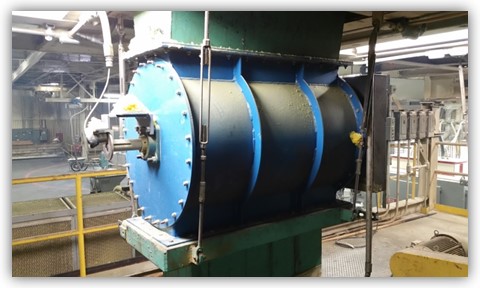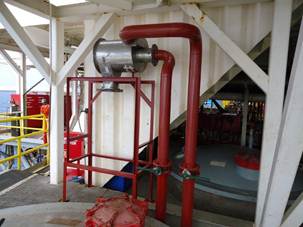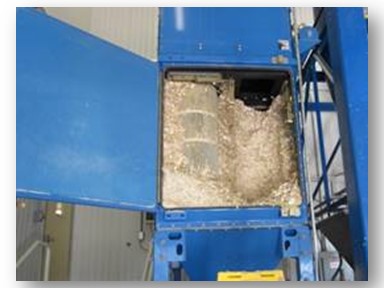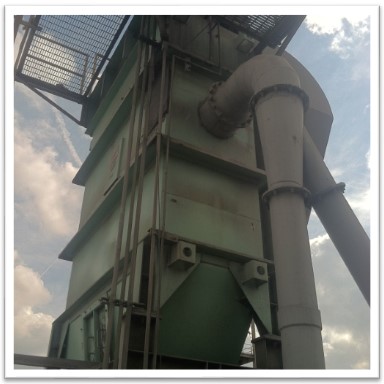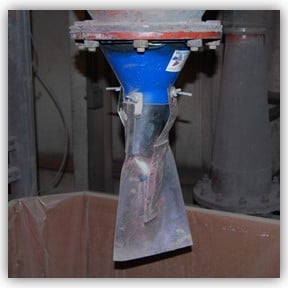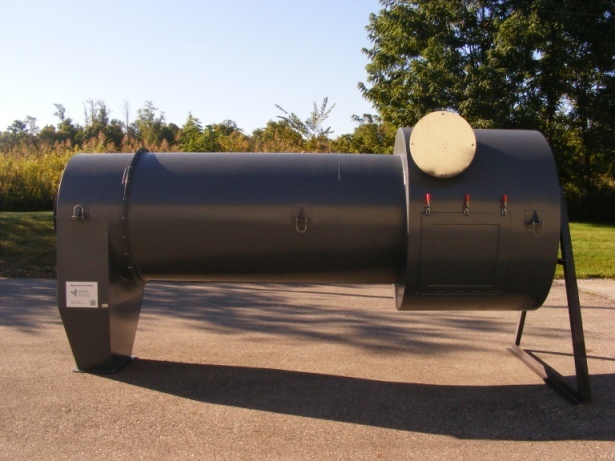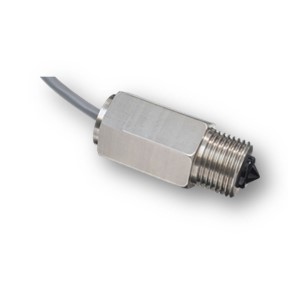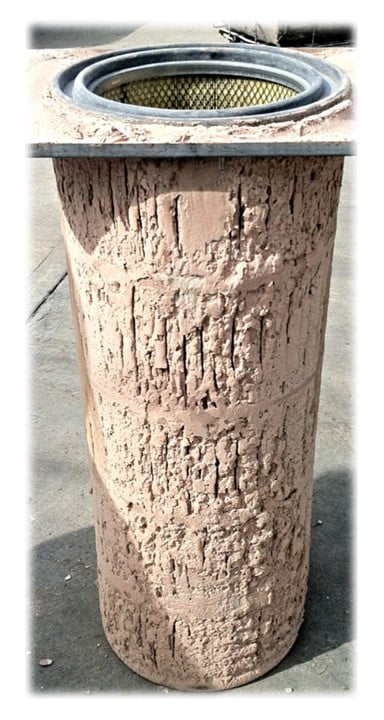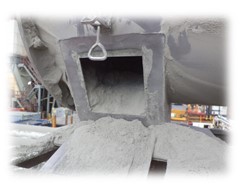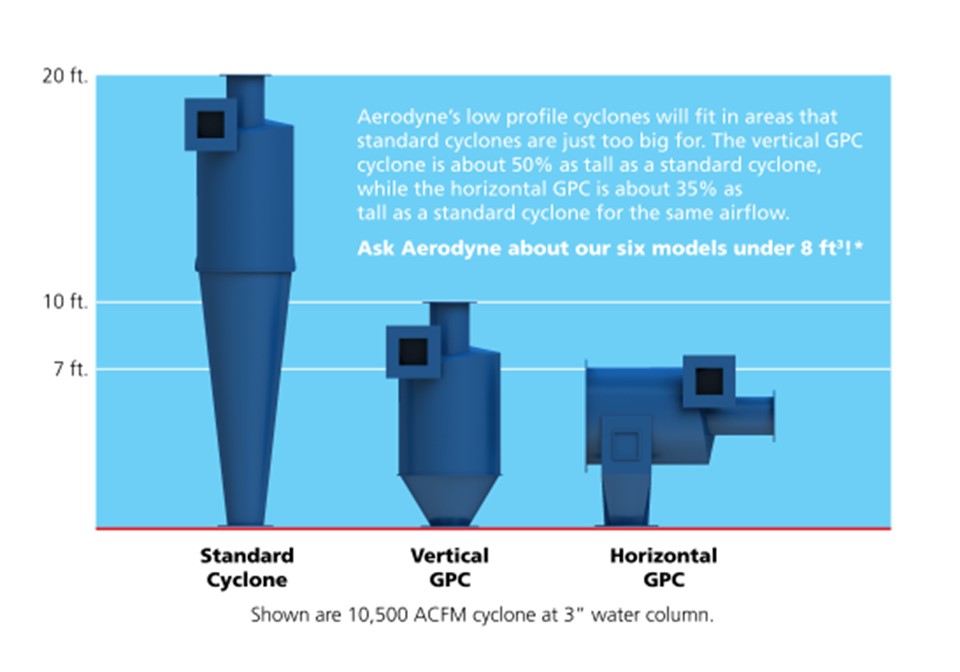Dust collectors can have issues with material bridging in the hopper.
Round or Square Airlocks
A standard collector uses round or square flanged airlocks instead of a rectangular design better suited where bridging persists.These designs are great for standard dust that doesn’t bridge. They are easy to fabricate, thereby keeping cost low. However, the uniform dimensions of the flange allow the dust to be equally supported on all sides, creating a more stable environment for a dust bridge to form. One way to counteract this is by over-sizing your airlock. An example would be using a 12” rotary valve instead of an 8” valves. While oversizing the airlock lowers the chance of bridge forming. A bridge can still form due to shape of the flange.
Better Airlocks: Rectangular Rotary Valve
A better way would be to use a rectangular rotary valve. Since the rotary valve has a rectangular flange, dust trying to bridge over the opening isn’t equally supported. And any bridge trying to form across the long axis will be unstable and begin to bow down into the valve opening, where the rotors will grab them and destroy the bridge, allowing the free flow of dust out of the hopper.
Bridging Dust?
Try the Aerodyne Mighty Whopper.
Aerodyne’s Mighty Whopper rotary valve has over-sized rectangular inlet and outlet.
5 Signs Your Dust Collection System Needs Maintenance
Is your dust collection system working at peak efficiency? A quick, do-it-yourself examination may identify symptoms that your system needs a check-up.
To learn more about which dust collector, please contact our experts at 440-543-7400 or visit our website: www.dustcollectorhq.com

